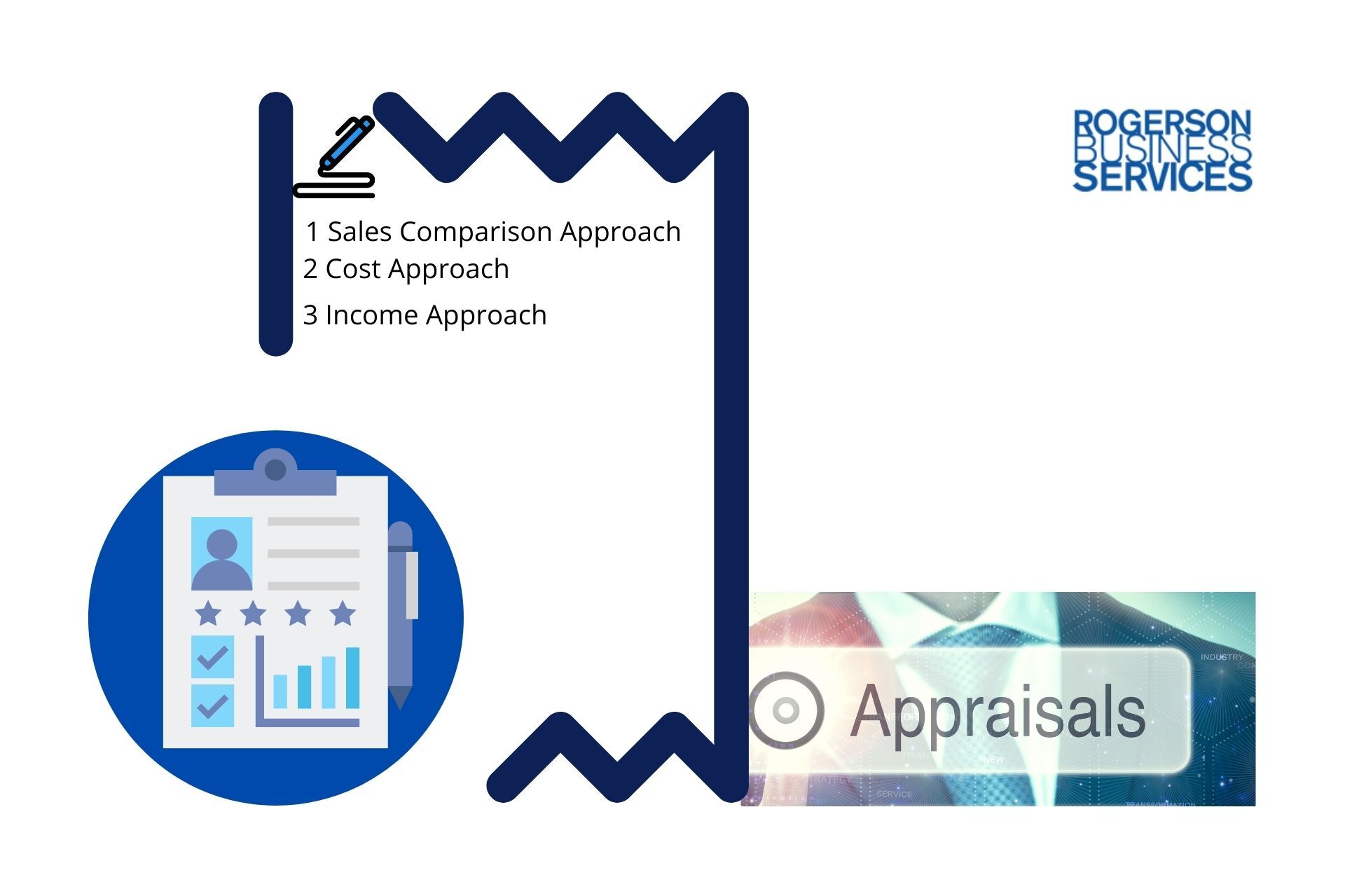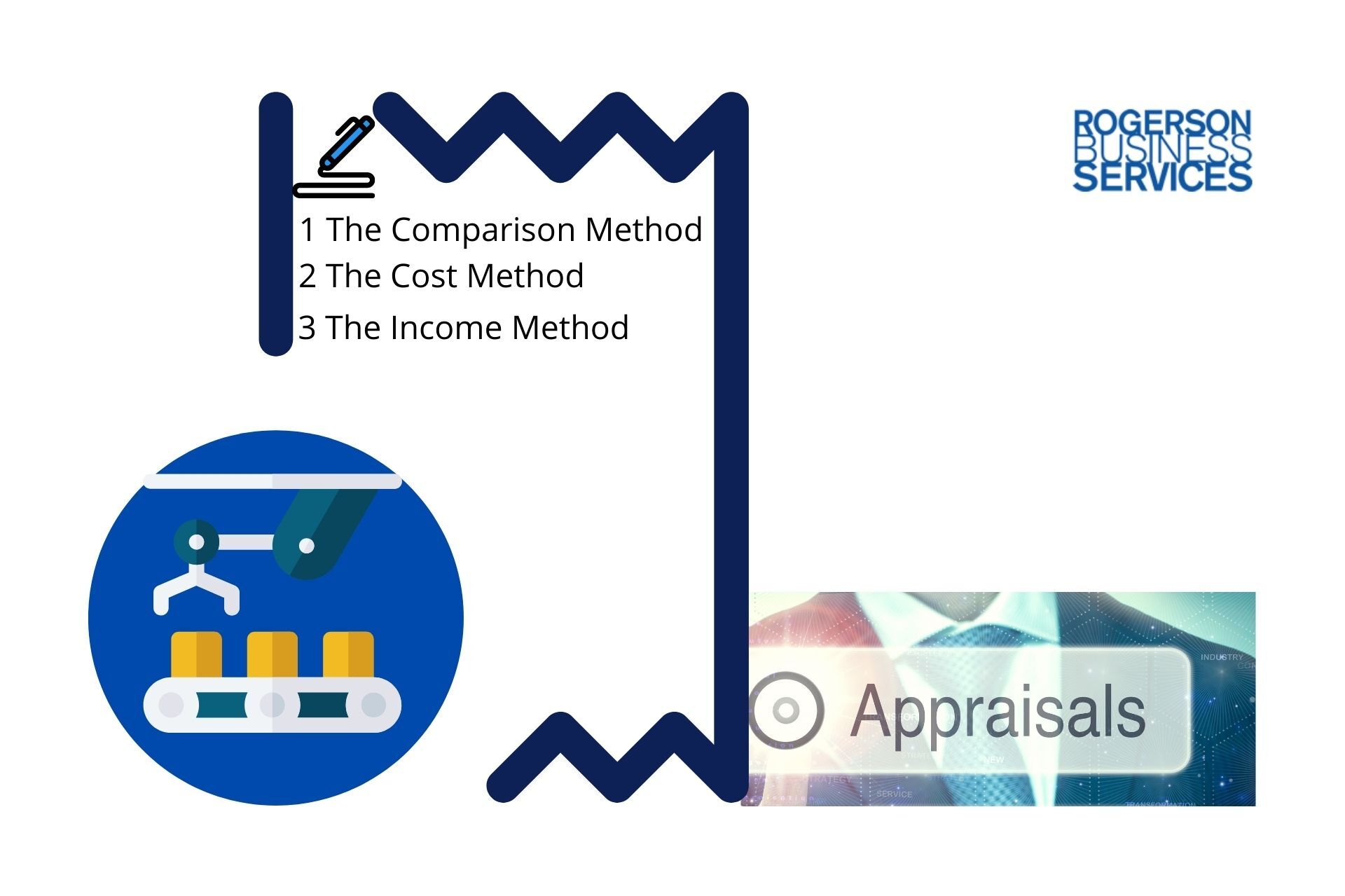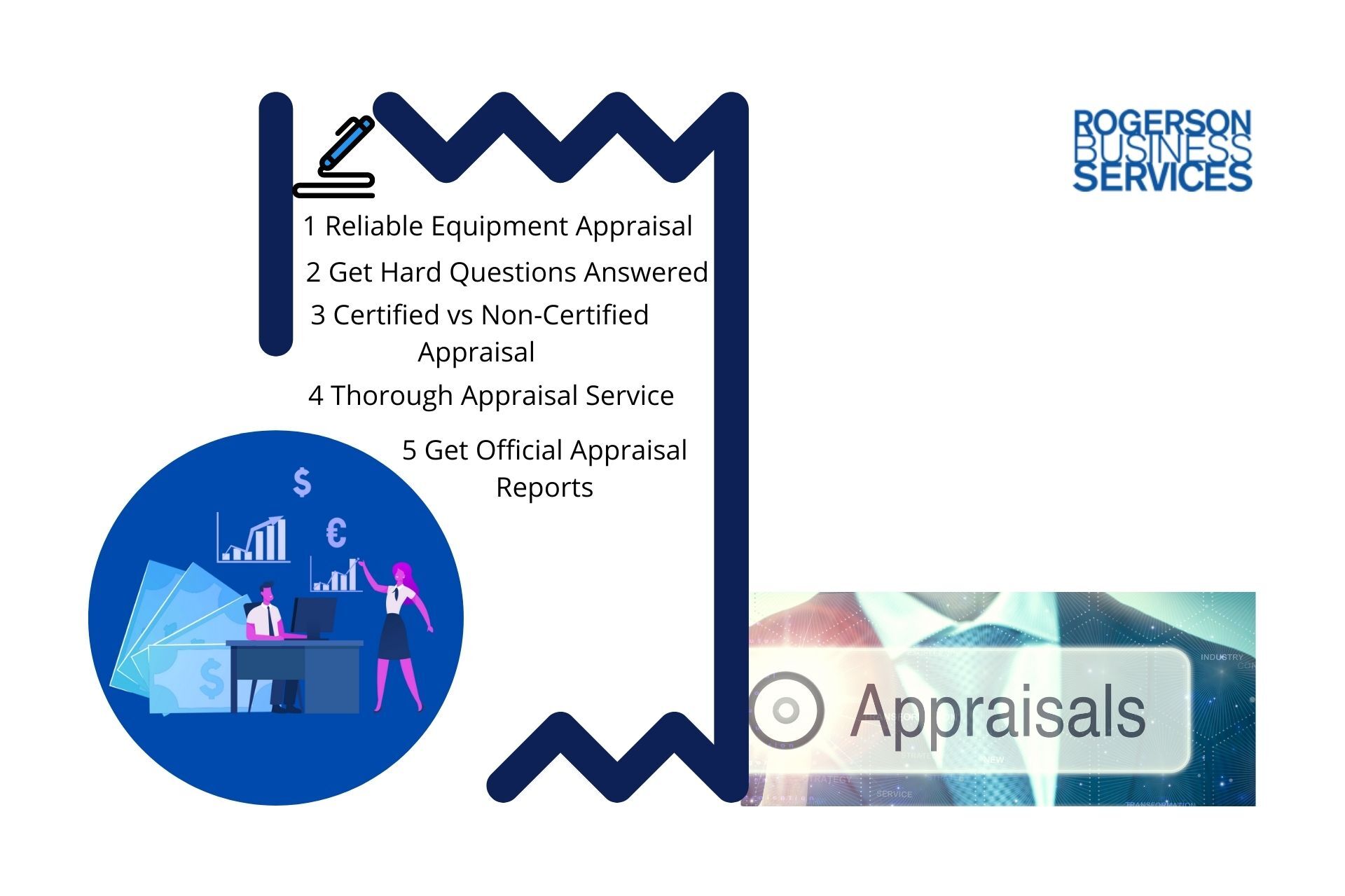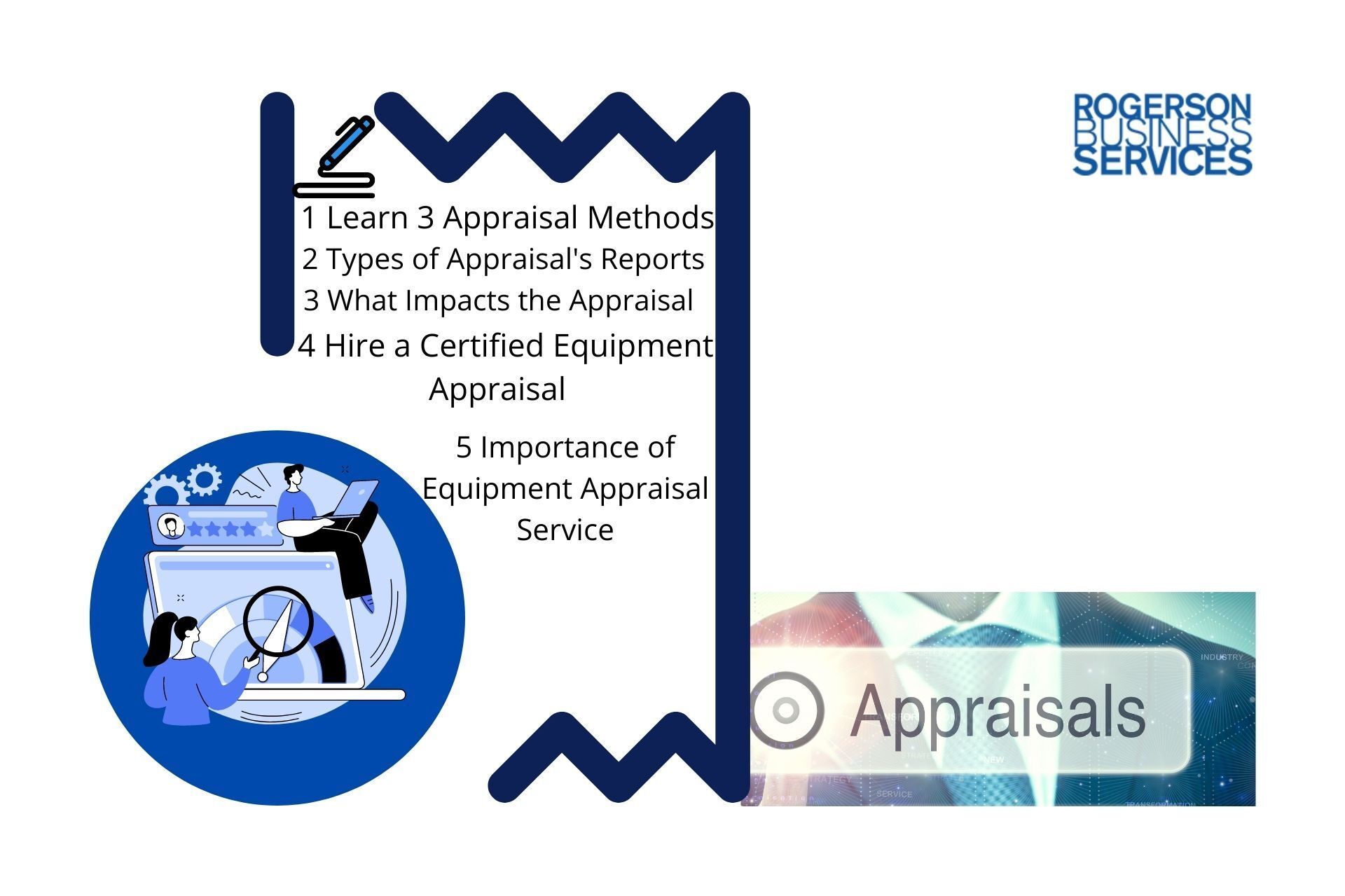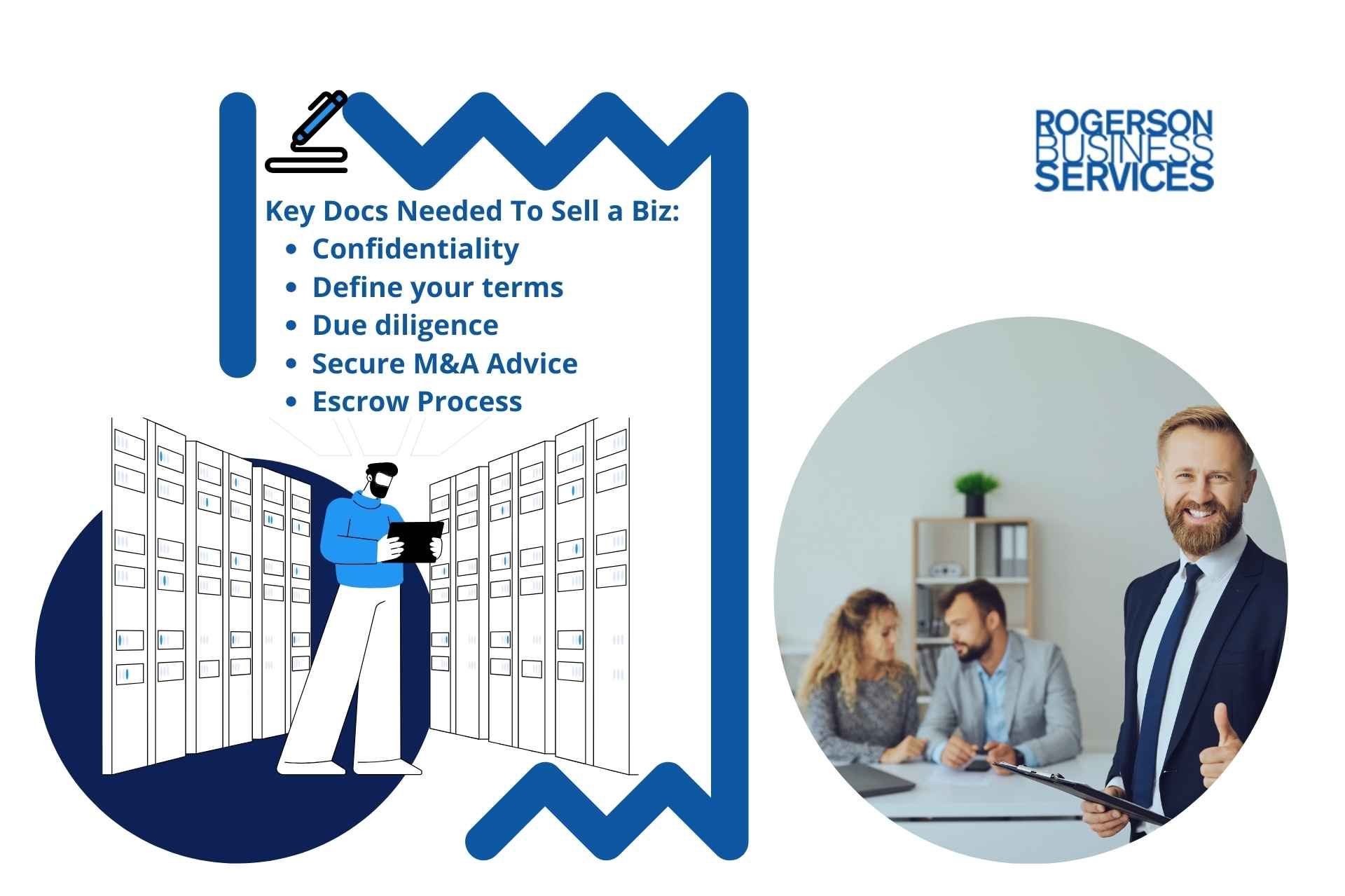Used Equipment Pricing Guide | 5 Key Points
Used Equipment Pricing Guide
- One: Understand Factors Influencing the Price of Used Equipment
- Two: Learn Why it is Necessary to Get a Used Equipment Appraisal
- Three: Learn How to Determine Market Value of Used Machinery and Equipment
- Four: Get Familiar With the Book Value of Machinery and Equipment
- Five: Hire CMEA to Guide you With Your Used Equipment Appraisal
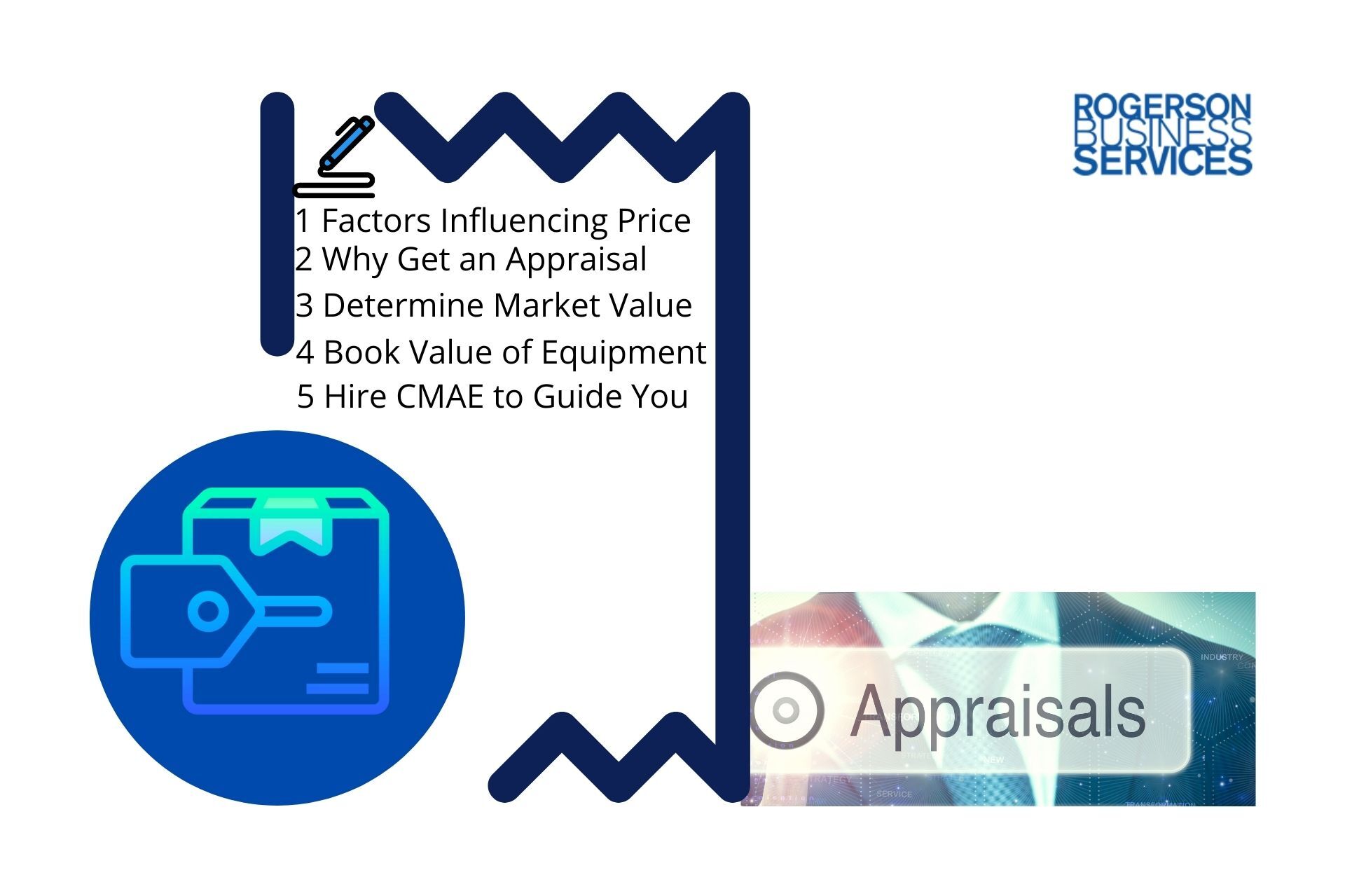
A volatile supply chain has pushed California’s market for used equipment higher and higher: Here are five key points guiding your appraisal of used equipment.
Used Equipment Appraisal Is a Must-Have Guide to Pricing
Many factors influence the appraisal price for used equipment, from passenger fleet vehicles and construction bulldozers to combines and anything that may be installed in a modern manufacturing plant.
Factors Influencing the Price of Used Equipment
Several primary factors influence the valuation of equipment in California. These factors include age and condition, model and features, supply and demand, and the overall economic climate.
Everyone knows a perfect storm hit the used equipment market in 2021 with supply-constrained, strong pent-up demand, and trouble with the labor market.
Why is Appraisal of Used Equipment Necessary?
Of course, the more significant economic climate drives the used equipment market in the Golden State and everywhere else. Yet, the law of supply and demand has exerted a perpendicular force as economic demand collides with unusual problems along the world’s supply chains.
Furthering a decade-long trend, used equipment in the broader U.S. market continues a sharp rise, according to the Used Equipment Market Trends Summary (August 2021). The median price for a bucket loader rose 11% in July, year over year, as 61% fewer units sold on the market.
Likewise, the median price for the smaller skid steers rose by 13% over the year, with 60% fewer units sold.
Similar price inflation for used equipment appears across indexes for used equipment in 2021. Thus, sellers of used equipment should seek professional equipment appraisal this year to determine fair market value and why a used equipment pricing guide is so necessary.
How to Determine Fair Market Value of Equipment | Price Guide
Certified Machinery and Equipment Appraisers (CMEA) determine fair market value for used equipment in California, throughout the United States, and worldwide.
Machinery and equipment valuation from such California equipment appraisers relies on three primary methods — sales, cost, and income. Machinery and equipment appraisers begin with the sales method, comparing the market value with data from dealers and auction houses.
The equipment appraiser compares these indexes to the item’s condition, age, and estimated longevity. This is the most common way for an equipment appraiser to determine how to value equipment. Machinery appraisers use the sales method to determine machinery appraisal for inventory items less commonly sold on the market.
Those items might include highly specialized machinery installed in manufacturing plants. Machinery appraisers use a sliding scale based on the item’s original price with adjustments for depreciating factors such as age and condition, among other considerations. Finally, equipment appraisers use the income method for items that directly generate revenue.
In today’s market, that might include a used combine harvester. For farmers in California and around the globe, the combine harvester is a force multiplier that greatly expands yields. The confluence of pandemic-related supply chain problems, ongoing U.S. labor shortages, and the 2021 labor strike at manufacturer John Deere drove used machinery prices up for certain items.
Used machinery appraisers often consider whether the machine’s earning potential decreases with age relative to past performance or compared to newer models. However, in this specific case, equipment appraisers say the market for used combine harvesters remains robust, with relatively little value produced by recent product updates.
Equipment Book Value
The value of the equipment as determined by machinery appraisal for book value offers limited utility to the asset owner. Generally, machinery appraisers calculate book value by subtracting the depreciation cost from the original price — a simple formula.
The expected life may determine the “straight-line” depreciation value. For example, a machine purchased originally for $20,000 with ten years of expected life would hold a straight-line depreciation value of $2,000. Business owners such as farmers and manufacturers often use straight-line depreciation to claim tax benefits.
Therefore, the estimated book value is of little utility to the asset owner who cannot claim that depreciation as a business expense. In such cases, the book value of machinery or equipment for the non-business owner would be useful only when reselling the asset or using it for loan collateral.
Asset owners often seek appraisal for equipment and machinery for insurance purposes, but that rationale disappears without a good business reason.
Why Hire A CMEA To Guide You With Used Equipment Pricing?
A CMEA (Certified Machinery and Equipment Appraiser) is an impartial expert called upon by courts, attorneys, accountants, insurers, and others to determine the value of equipment and machinery in a defensible and substantiated professional manner.
Certified by the NEBB Institute, the equipment appraiser earns the CMEA designation by attending training and passing a written examination and peer committee review, which is followed by annual refresher courses.
The CMEA is ethically bound to the Uniform Standards of Professional Appraisal Practice, with appraisals standing scrutiny from other professionals. That alone is a strong reason to hire a CMEA when seeking to determine the valuation of equipment and machinery.
Should the IRS question the value of a business owner’s tax deduction, the CMEA appraisal is an invaluable piece of evidence. The business owner risks drawing unwelcome scrutiny from tax collectors and insurers alike by performing a DIY valuation.
The CMEA professional will provide the asset owner with two documents: the initial Engagement Agreement and a Summary Appraisal, which describe the valuation methodology and the scope of work.
Equipment Appraisers Near me
The NEBB Institute, which certifies equipment appraisers, offers an easy online tool to find a local CMEA professional.
If you are in Northern California and looking for a CMAE appraiser in your local area and mainly Sacramento, California, get in touch with Rogerson Business Services to guide you with your used equipment appraisal.
Equipment Appraisal Services
The imperative to hire a CMEA to get equipment valuation has never been higher in California and elsewhere. Like the general consumer market for used cars and light trucks, prices for used equipment and machinery have risen dramatically during the past several years.
In addition, the markets for items such as used harvest combines, steer skids, factory machinery, and myriad assorted widgets are expected to rise in the coming years. Thus, business owners and farmers today are rethinking how they purchase equipment, canceling orders for new machinery, and looking at the used market.
Often, business owners receive an excellent return on investment when buying used equipment, considering that new updates may not always mean comparable improvements in revenue. The market for used combine harvesters proves that farmers see great value in the used machinery market.
At the outset, business owners pay less in sales tax when purchasing used equipment and machinery, in addition to saving on the purchase price. In some cases, the buyer may use the savings to purchase additional pieces of machinery, potentially increasing revenue beyond that possible with the purchase of a single unit. Moreover, the buyer of used equipment skips the initial depreciation cliff of brand-new machine purchases.
Typically, expensive business machines depreciate significantly in the first year and double-digits in the following years.
However, by the fourth year or so, the depreciation slows — providing great value for the rest of the machine's expected life. As an ancillary benefit, the buyer then pays a lower insurance price on the machinery or equipment.
Get in touch with Andrew Rogerson, CMAE Appraiser located in Sacramento, Norther California.
Wrapping Up
Today’s online marketplace also confers significant advantages to the buyer of used equipment and machinery, with the opportunity to search for particular models and features, specific manufacturers, year, usage-hours, and price.
It's critical to hire a CMEA versus an auctioneer, dealer, or another layman to perform your equipment valuation because the IRS and other organizations only view CMEAs as qualified individuals. CMEAs are also the only individuals that can offer documents that are upheld in court.
If you are thinking about estimating the valuation of your own equipment, know that this can have devastating consequences if you find yourself in court or the IRS contacts you about a discrepancy. There’s lots of room for error with valuations by people without experience in the field, leading to liability and risk.
And unlike new model purchase orders, buyers of used machinery may inspect the equipment themselves, knowing only to buy it if it’s backed by a CMEA professional appraisal.
If you have decided to appraise your used equipment and then sell your business now or within the next six months, click here to get started with this quick and simple form, so we can understand your pain points better and prioritize your inquiry with RBS Advisors.
Go to the next article: Part of a guide to help with appraising machinery and equipment in California series ->
More Tips to Help Value & Appraise Machinery and Used Equipment in California
Hey there! Can we send you a gift?
We just wanted to say hi and thanks for stopping by our little corner of the web. :) we'd love to offer you a cup of coffee/tea, but, alas, this is the Internet.
However, we think you'll love our email newsletter about building value and properly position your company before transition/exit your business ownership.
As a special welcome gift for subscribing, you'll also get our helping and educational guides, tips, tutorials, etc.. for free.
It's filled with the best practices for retiring serial business owners like Dan Gilbert, Larry Ellison, Warren Buffett, and many more.
Just sign up for our emails below.

